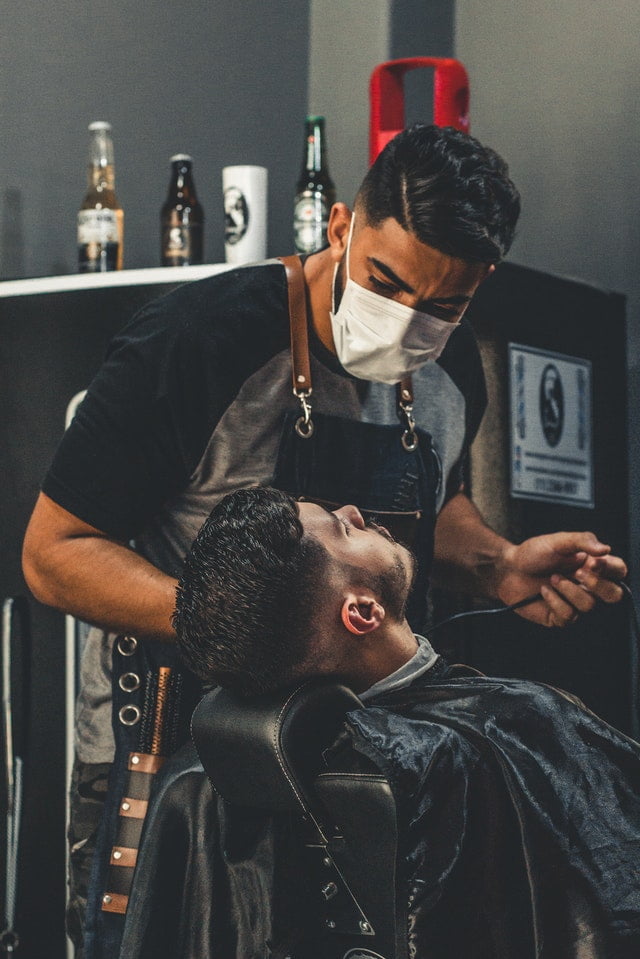How Workplace Safety Has Changed Forever

If you had been told at the beginning of 2020 that by August, mask-wearing would be mandatory in most public spaces in most countries in the world, you would have laughed. Yet here we are. This year has forced every company and every individual to consider their safety measures to an extreme level. Gone are the days of corner-cutting, or relying on common sense to protect yourself in the workplace. The game has changed forever, and you can either go with it or lose relevance completely.
So how has workplace safety changed, and are these changes really permanent? While it is still early days, this pandemic has shown no signs of going anywhere. Here are a few ways the health and safety of your workplace has changed permanently.
Masking Up
Although many of us are new to wearing face masks, in some parts of the world, wearing masks when you have illness symptoms became the norm long ago. It makes sense, doesn’t it? If you have a cough or cold, and you take public transport to the office or stand in crowded lifts, it is common courtesy to try and stop yourself from spreading the infection. For countries in South East Asia such as South Korea, this has been standard practice for some time.
In other parts of the world such as the USA, this was never normal, but the regularity of mask-wearing has become commonplace already. Although mask wearing has become highly politicised in the USA, the majority of people accept that masking up is a simple, effective way to lower the transmission of COVID-19. While this virus or mutations of it still exist, it is likely mask wearing will continue to become part of our normal lives too.
Increased Safety Training and Monitoring
Particularly if you work in a high risk place such as warehouses, firefighting or marine work, you will be used to intense safety regulations. You will be used to measures such as drager safety equipment or air testing equipment. However, for most people, this is all new. All workplaces have some measure of health and safety, but nowadays, this will increase – even if it has nothing to do with coronavirus. But why?
It all has to do with feeling safe. Stores and restaurants that have cautiously reopened after quarantine has ended in some countries have gone to great lengths to ensure their customers feel safe. Factors such as increased signage (in addition to your existing fire exit door signs, and other signs you are obliged to have in the premises), hand sanitiser available to all in multiple checkpoints, and highly trained staff have all become practically mandatory in order to attract customers. Staff are being trained to de-escalate situations for those who refuse to comply with COVID-19 safety rules, and tensions have grown high around this subject.
As a business owner, you would be responsible for creating a safe and secure-feeling environment for your customer base. This is unlikely to change in future. Once we get used to something, its removal feels like a betrayal of customer trust.
Workplace safety has always been a concern, but nowadays it serves a greater purpose: life-saving, anxiety-reducing measures which are here to stay for the foreseeable future.





